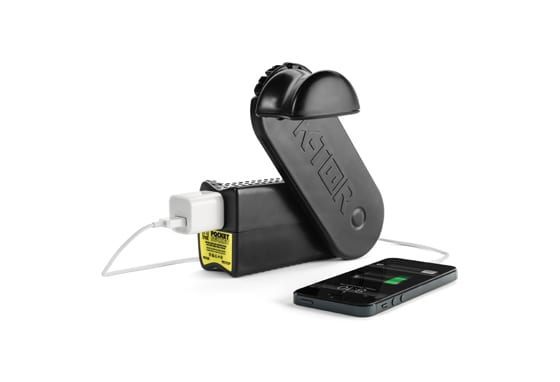
How to choose the contraceptive that’s best for you
College gives you your first experience of independence, and there’s no better time to start making wise decisions regarding your life, and your sex life. Contraception has always been an issue for young people, but the plethora of options available may make it hard to pick the method that’s best for you.
According to Dr. Vanessa Cullins, vice president for medical affairs at Planned Parenthood Federation of America, students should consider a variety of factors when choosing a birth control method, such as effectiveness, safety and cost. Students should determine how the method would fit into their lifestyle.
Condoms provide contraception that is simple and convenient. Women don’t need to worry about taking a daily pill or applying a patch, since the condom is used immediately before intercourse and disposed of afterward.
As birth control condoms are particularly useful to individuals who may not be having intercourse regularly, according to Dr. Cullins, and in addition to being noncommittal, they are also inexpensive. Moreover, only the condom and the female condom offer protection against sexually transmitted diseases (STDs) such as HIV.
The benefits of condoms go hand-in-hand with their disadvantages: as handy as they are, they don’t offer constant protection. If you use condoms as your sole form of birth control and don’t have more on hand, you are at risk of becoming pregnant.
Birth control pills are made of hormones. Most types of pills, like Yaz and Ortho Tri-Cyclen Lo, contain two hormones: estrogen and progestin that work by preventing ovulation, the period when a woman’s ovaries produce eggs. By preventing the production of eggs, the man’s sperm cannot meet with the woman’s egg.
“Rumors circulate that the pill could have anti-fertility effects after a woman stops taking it, but such fears are unwarranted,” Dr. Cullins said. The pill is great for women who have sex more than just on occasion, and it can have important non-contraceptive advantages such as reducing PMS symptoms, alleviating acne and more.
In September, the FDA approved a new birth control pill called Beyaz, which also raises the levels of folic acid in the body and may decrease the likelihood of certain birth defects in future pregnancies. Birth control pills are a great choice since they are over 99 percent effective at preventing pregnancy, but those odds decrease if women do not take the pill on time.
The patch is a beige plastic square that sticks to the skin. It’s applied once a week for three consecutive weeks and then removed for a patch-free week. The patch uses the same hormones as the pill and shares many of its benefits, but the patch, which is applied to the upper outer arm, torso, stomach or buttocks, can present a problem if a woman forgets to change it or it falls off on its own before the week is up.
The vaginal ring (NuvaRing) is a flexible ring that a woman inserts into her vagina once a month. A woman will typically leave it in for three weeks, and then take it out for one week. However, women have the option of leaving the ring in for an entire month, thus eliminating their monthly period. Like the pill, vaginal rings can also help prevent bone thinning, ovarian cysts and anemia. Potential disadvantages of the ring include nausea, vomiting and the possibility of the ring slipping out of the vagina.
It’s vital to educate yourself on contraceptive options before committing to a method. For more information, check out Planned Parenthood’s online tool, My Method, which asks a series of questions to determine your best contraceptive. You can also stop in your local Planned Parenthood health center for an all-methods brochure.
|
Type |
How does it work? |
Pros/Cons |
|---|---|---|
|
No sex |
|
|
|
A device (about the size of a match) is inserted in the arm by a doctor. It uses hormones to prevent ovulation. |
|
|
|
A patch that releases hormones is stuck to the skin of the arm, torso, stomach, or buttocks. |
|
|
|
Most pills use a combination of hormones, estrogen and progestin to prevent ovaries from releasing eggs. |
|
|
|
A ring is inserted inside the vagina once a month for three weeks. |
|
|
|
A 2-inch foam sponge containing spermicide is inserted into the vagina prior to intercourse. |
|
|
|
Usually made of latex, condoms are worn on the penis. |
|
|
|
A dome-shaped cup is inserted into the vagina to cover the cervix. It is generally used in conjunction with spermicide. |
|
|
|
A duo of pills containing progestin is taken after unprotected sex. The progestin blocks the sperm from reaching the egg. |
|
|
|
A plastic pouch is inserted deep in the vagina. A ring at the end holds the pouch inside the vagina. |
|
|
|
The man pulls his penis out of the vagina before ejaculation. |
|












.jpg)


